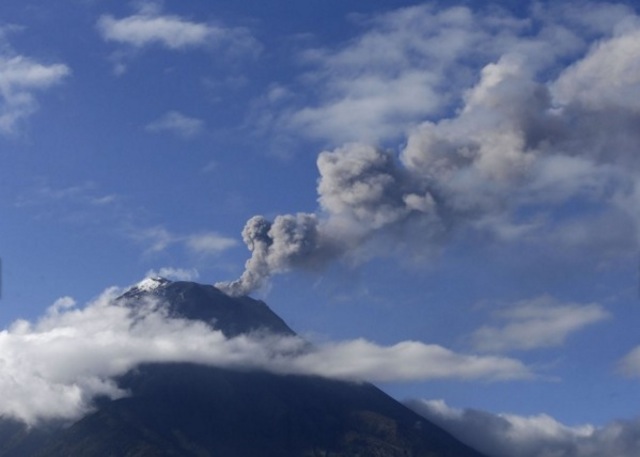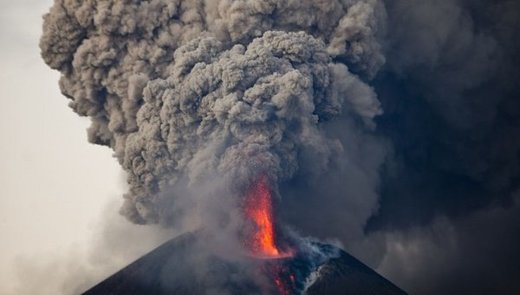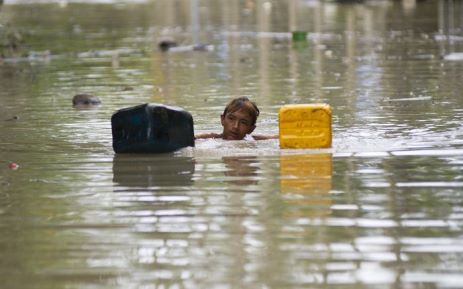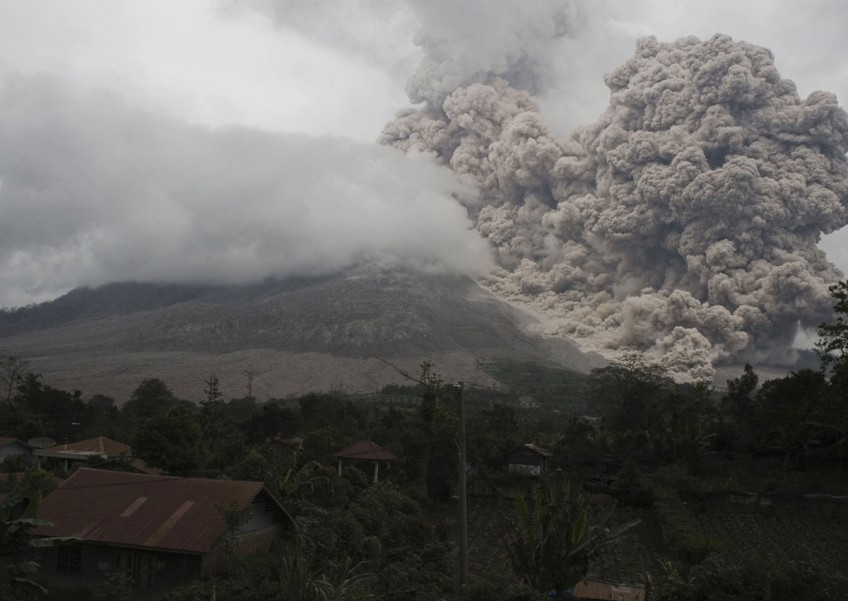
© AP/Dolores OchoaTungurahua volcano spews ash and vapor, as seen seen Ojos del Volcan, Ecuador, Thursday, Nov. 19, 2015.
Residents from communities near Ecuador's Tungurahua volcano faced a massive cleaning operation on Thursday (19 November) after the volcano erupted, covering houses and fields with smoke and ash. Authorities issued an orange alert as emissions reached 2,500 metres above the crater.
In nearby Queros, one of the most affected communities, officials registered 10kg of ash per square metre.
As he swept the street near his house, resident Luis Vaca said the volcanic material was damaging crops. "Ash is falling everywhere; it's strong, especially in the countryside where it's falling more heavily. It's damaging the crops. It would be good if the president came to visit us," he said.

© AP/Dolores Ochoa
Volcanologist Patricia Mothes confirmed that eruptions have been substantial. "These accumulations of ash that have been falling are the greatest masses of ash that we've registered in the past five years," she said.




Comment: Portions of the Pacific Ring of Fire have been active in the past 30 days:
Pacific Ring of Fire: